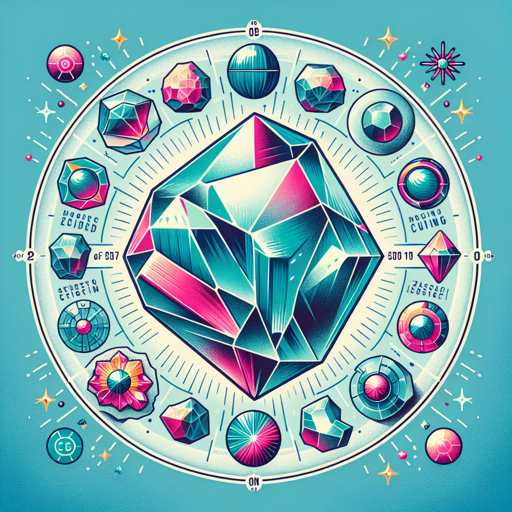Zircon: The Geological Timekeeper
Exploring the fascinating use of zircon in atomic clocks and geological dating.

Introduction
Zircon, a common mineral found in the crust of the Earth, has a profound and unique role in the world of timekeeping. This tiny gemstone, often overlooked for its more flamboyant counterparts like diamonds or rubies, possesses unique properties that make it a vital tool in atomic clocks and geological dating. This article explores the fascinating intersection of geology and time, through the lens of zircon.
Zircon: An Overview
Zircon is a mineral species that can be colorless, yellow-golden, red, brown, blue, or green. It forms in a variety of rock types and possesses several properties that make it scientifically valuable. For instance, zircon has a very high melting point, it is resistant to weathering, and most importantly, it incorporates uranium and thorium into its structure while excluding lead. It is these properties that underpin its use in timekeeping.
Zircon and Atomic Clocks
Atomic clocks represent the pinnacle of precision in timekeeping. They function by using the vibrations of atoms to create incredibly accurate time measurements. The atom commonly used in atomic clocks is cesium, but zircon offers an interesting alternative.
Scientists are exploring the use of single-ion clocks, which utilize the vibrations of a single charged atom. Zirconium ions have been identified as a potential candidate for these single-ion atomic clocks. Their potential for ultra-high precision makes them a fascinating area of ongoing research.
Zircon in Geological Dating
Another application of zircon in timekeeping is in the field of geochronology, the science of dating the age of rocks. Uranium-lead dating methods often use zircon to determine the age of rocks. Uranium and thorium atoms in the zircon decay over time into lead. By measuring the ratio of lead to uranium and thorium in a zircon crystal, scientists can determine the age of the rock in which the zircon formed. This method has been used to date some of the oldest rocks on Earth, providing vital information about the planet’s history.
“Zircon is the timekeeper of geology. It provides a window into the past, allowing us to piece together the history of the Earth.” - Unknown
| Comparison | Cesium Atomic Clock | Zirconium-Ion Atomic Clock | Zircon in Geological Dating |
|---|---|---|---|
| Base Material | Cesium | Zirconium | Zircon |
| Method | Measures vibrations of cesium atoms | Potential for single-ion vibrations | Uses decay of uranium and thorium to lead |
| Uses | Timekeeping, GPS, telecommunications | Research, potentially ultra-precise timekeeping | Dating rocks, understanding Earth’s history |
Conclusion
From atomic clocks to geochronology, zircon plays a crucial role in our understanding and measurement of time. Its unique properties and diverse applications make it a gem in the truest sense of the word. As we continue to explore and understand the intricacies of timekeeping and geology, the importance of zircon is sure to only grow.